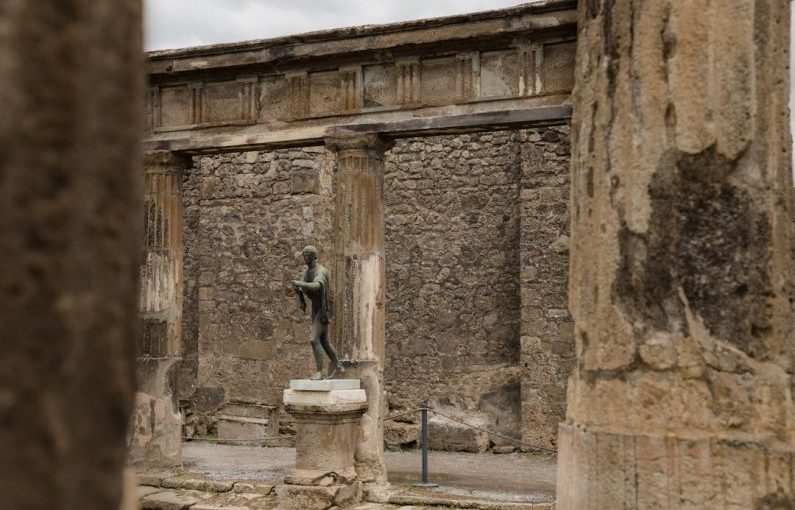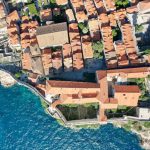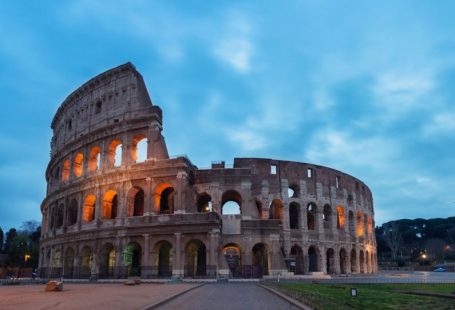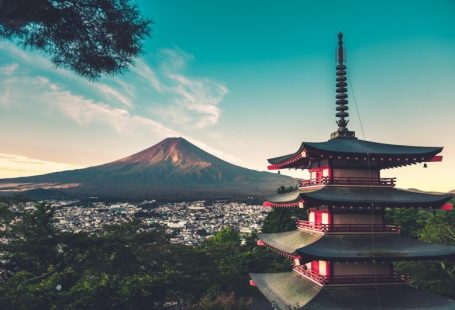Nestled in the Campania region of southern Italy lies the ancient city of Pompeii, frozen in time by the catastrophic eruption of Mount Vesuvius in 79 A.D. This archaeological marvel offers visitors a rare glimpse into the daily life of a thriving Roman city nearly 2,000 years ago. Stepping into Pompeii is like stepping back in time, where the streets, buildings, and artifacts paint a vivid picture of a bygone era. Let’s embark on a virtual journey to explore the historical ruins of Pompeii and uncover the secrets of this captivating destination.
**The Tragic History of Pompeii**
Pompeii was a bustling city in the Roman Empire, a prosperous hub of trade and commerce located near the Bay of Naples. However, its fate took a drastic turn on that fateful day in 79 A.D. when Mount Vesuvius erupted, burying the city under a thick blanket of volcanic ash and pumice. The catastrophic event not only destroyed Pompeii but also preserved it remarkably well, offering archaeologists and visitors a unique opportunity to witness ancient Roman life up close.
**Walking Through the Streets of Pompeii**
One of the most striking features of Pompeii is its remarkably preserved streets, lined with ancient buildings, shops, and houses. As you wander through the cobblestone streets, you can almost hear the echoes of the past, imagining the hustle and bustle of daily life in this vibrant city. The stepping stones, used to cross the flooded streets during rainy days, and the ruts left by chariots in the stone roads, are just a few of the details that transport you back in time.
**Exploring the Houses of Pompeii**
The houses of Pompeii offer a fascinating glimpse into the lives of its former inhabitants. From modest dwellings to grand villas, each house tells a unique story of Roman domestic life. The House of the Vettii, with its exquisite frescoes and intricate mosaics, showcases the wealth and sophistication of Pompeian elites. In contrast, the House of the Faun, named after a small bronze statue of a dancing faun found on the premises, provides insight into the art and culture of the time.
**Visiting the Forum and Public Buildings**
At the heart of Pompeii lies the Forum, the central square that served as the political, economic, and religious hub of the city. Surrounded by temples, basilicas, and government buildings, the Forum was the focal point of public life in Pompeii. The Temple of Jupiter, the Macellum (food market), and the Basilica are just a few of the structures that stand as a testament to the city’s former glory.
**Discovering the Amphitheater and Baths**
Pompeii boasts an impressive amphitheater, one of the oldest surviving Roman amphitheaters in the world. This iconic structure once hosted gladiatorial combats, animal hunts, and other spectacles that entertained the citizens of Pompeii. Nearby, the public baths provide a glimpse into the bathing rituals and social customs of the Romans. The Stabian Baths, one of the largest bath complexes in the city, offer a comprehensive look at the Roman approach to hygiene and relaxation.
**Unveiling the Artifacts of Pompeii**
In addition to its architectural wonders, Pompeii is also home to a wealth of artifacts that offer valuable insights into daily life in ancient Rome. The plaster casts of the volcano’s victims, preserved in their final moments of agony, serve as a haunting reminder of the tragedy that befell the city. Everyday objects such as pottery, jewelry, and tools provide a glimpse into the daily routines and customs of Pompeian society.
**Pondering the Legacy of Pompeii**
As we reflect on our virtual journey through the historical ruins of Pompeii, it becomes clear that this ancient city has a timeless allure that continues to captivate visitors from around the world. The tragic yet fascinating story of Pompeii serves as a poignant reminder of the fragility of human civilization in the face of natural disasters. By preserving and studying the ruins of Pompeii, we not only honor the memory of its former inhabitants but also gain a deeper understanding of our shared human history.
**In Conclusion: A Timeless Encounter with Pompeii**
The historical ruins of Pompeii stand as a testament to the enduring legacy of this ancient city, offering a window into the past that is both enlightening and humbling. Through its streets, houses, public buildings, and artifacts, Pompeii invites us to embark on a journey of discovery and contemplation, bridging the gap between the ancient world and our modern lives. As we bid farewell to this extraordinary destination, we carry with us the echoes of the past, reminding us of the impermanence of human achievements in the grand scheme of history.





